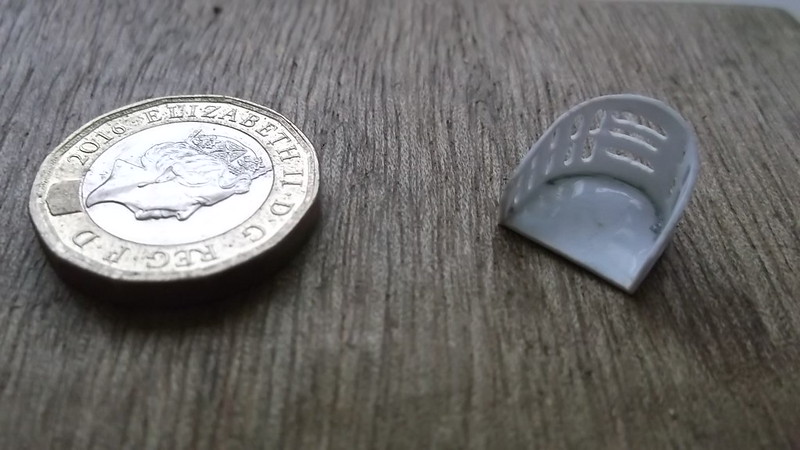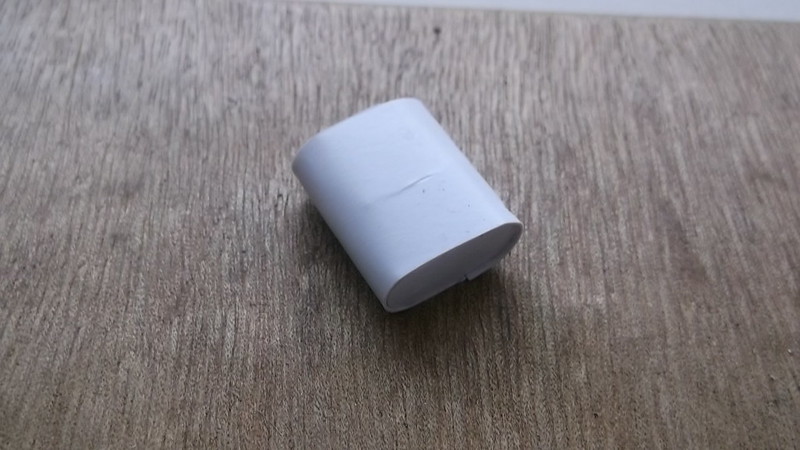Evening All
The snail continues to move forwards - just. I am still in the process of making the wing ribs - and there seems to be plenty of them! However they are not very photogenic, (see one and you have seen them all), so not much to show there. In between times I have been working on parts of the cockpit interiors which are modelled on the FE 2b for reasons given in the previous post and form the subject of this update.
First up is the pilot's seat. These were constructed from aluminium and had holes and slots to make them lighter. I used a piece of 30 thou card for the flat and 20 thou for the back. These were joined with liquid cement - in two stages so that stage one involved half of the seat back only. This was held while the cement dried. The the second half could be pulled around the curve of the seat rear and cemented and held with an old hair clip. The result was that the back was properly aligned with the seat. Only when this was really set did I proceed to drill the holes in the sides and the slots in the rear:

Next was the fuel tank. This was a 35 gallon container - the same as on the FE 2b so I was able to use the 1/32 scale drawings in the DataFile no 147 to work out both the size and shape. A piece of 20 thou card formed the ends and body, and three 30 thou formers were made to strengthen it. The faces of the 20 thou end pieces were embossed by using the blunt end of a nail file. These were cemented to two of the 30 thou formers. The formers were cemented on to the centre of the card which will form the body of the tank:

Note the same method was used here as for the pilot's seat - only part of the unit was made so that the formers could be rigidly attached to the card body. When these were properly set the card could be wrapped around half of the formers and held while the cement set. Finally the other side of the card was bent around, excess card cut off and the remainder cemented into place and held until it too had set. A little filler in the gaps and all was finished except for the filler pipe:

The exhaust pipe was made from a piece of sprue - it came from the same piece as the oil tank described in an earlier post. I have still to drill the exit holes in the end and make the pipes which will connect it to the top of the engine cylinders:

The pilot's seat was probably fixed via runners to a box structure from which protruded rudder foot boards. The box was easily constructed from card as were the rudder foot boards. The rudder bar pivoted on a small pedestal: this was made from 60 thou card. I will make a rudder bar later form a piece of plastic strip. There was a bulkhead between the pilot and observer cockpits: I modelled mine on the FE 2b and initially made it in one piece. A hole was later cut in the lower part which allowed the pilot's legs to pass through to operate the rudder bar: a box would have covered the pilot's feet and formed a seat for the observer as per the FE 2b, although the shape of the de Haviland seat appears to have been different as shown in photo 28 in DataFile 148. This seat, and the floor of the observer's cockpit will be made later as I need to make these parts to fit and can only do so when I have assembled more of the nacelle structures.

The image above shows from left to right:
the bulkhead between the pilot and observer cockpits prior to finishing;
the box for the pilot's seat;
the rudder foot boards and pedestal for the rudder bar;
the pilot's seat.
I made a compass from another small piece of sprue and an instrument panel from 20 thou card, which I scored and bent. A small semicircular platform will support the instrument panel which will sit in front of the upper part of the bulkhead between the pilot and observer. I have also made two semicircles from brass rod which formed a frame for nose cone on the original aircraft: these are waiting to be attached to the main nacelle frame: the upper (smaller) one will be soldered in place later. The parts have been set alongside or in the nacelle frame in the next images but there is an error because I think that I have put the fuel tank filler pipe in the wrong place! I am still not sure where it should properly be but I am inclined to think that it should extend forward because there were two access doors on the sides of the nacelle just behind the pilot's cockpit: if this was the position the pipe would have been rather long but the only rear view of the aircraft in the DataFile 147 shows no sign of any pipe at the rear.


If you have been, thanks for looking.
Stephen.